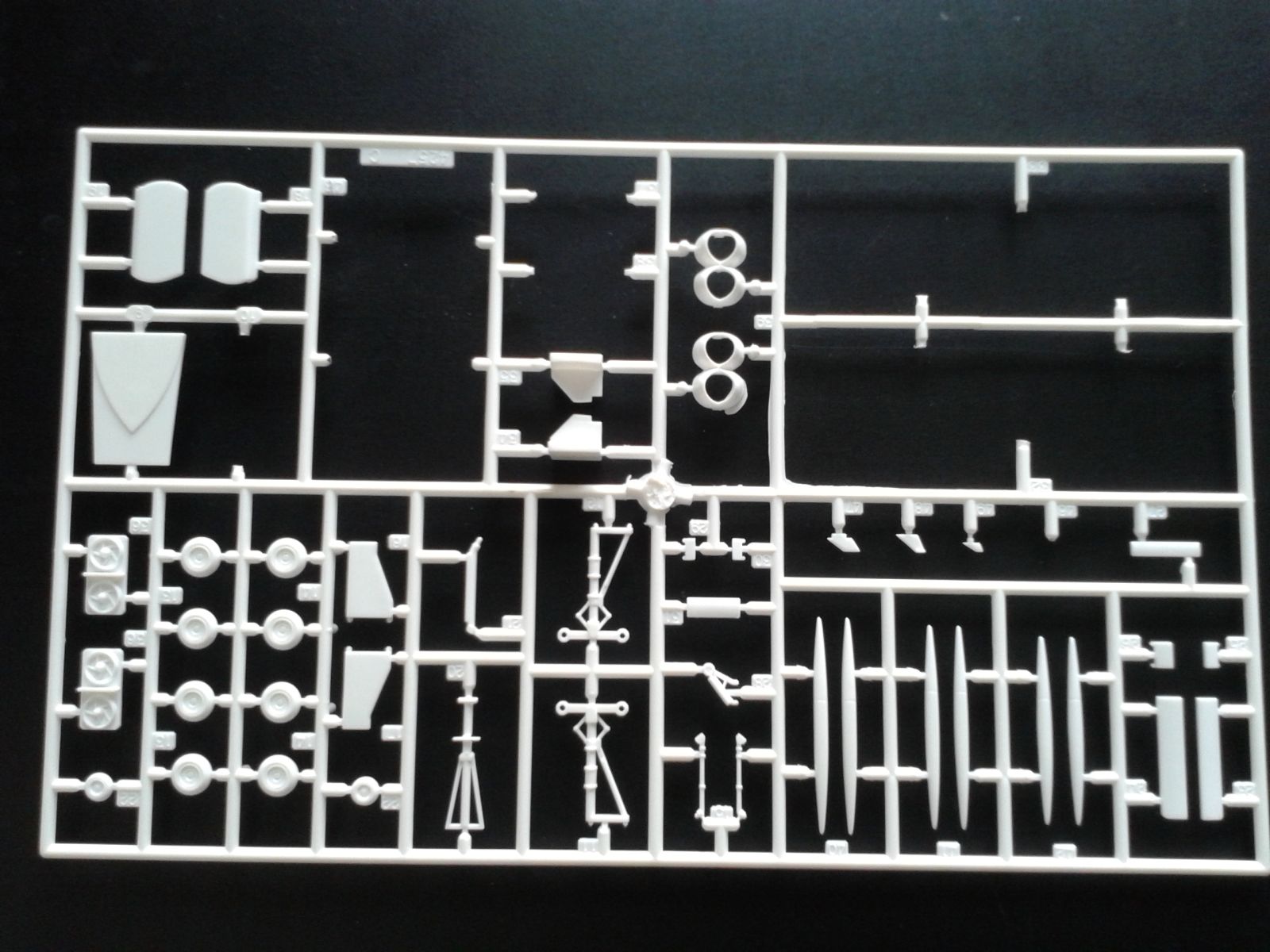
Plastic models are a pain in the ass. No, I don’t mean the type of plastic model Micheal Bay likes to shoot; I mean the kind your dad got you from the hobby store when you were a kid. Probably every kid had at least one at some point. I remember ages ago when I was in middle school sometimes the other kids would try to put one together for a school diorama or history project. Sometimes you can tell who had their parents put it together, or they tried themselves, or said fuck it and reconstructed the Alamo out of Lego blocks instead. I myself had dozens and dozens of plastic models, probably a few hundred bucks worth, because planes were cool and I wanted to get into the hobby seriously because planes were cool. After turning dozens of kits at anywhere from $20-$50 a pop into gluebombs and after years of storage and moving with parts flying off and glue drying out, well...here’s the results.
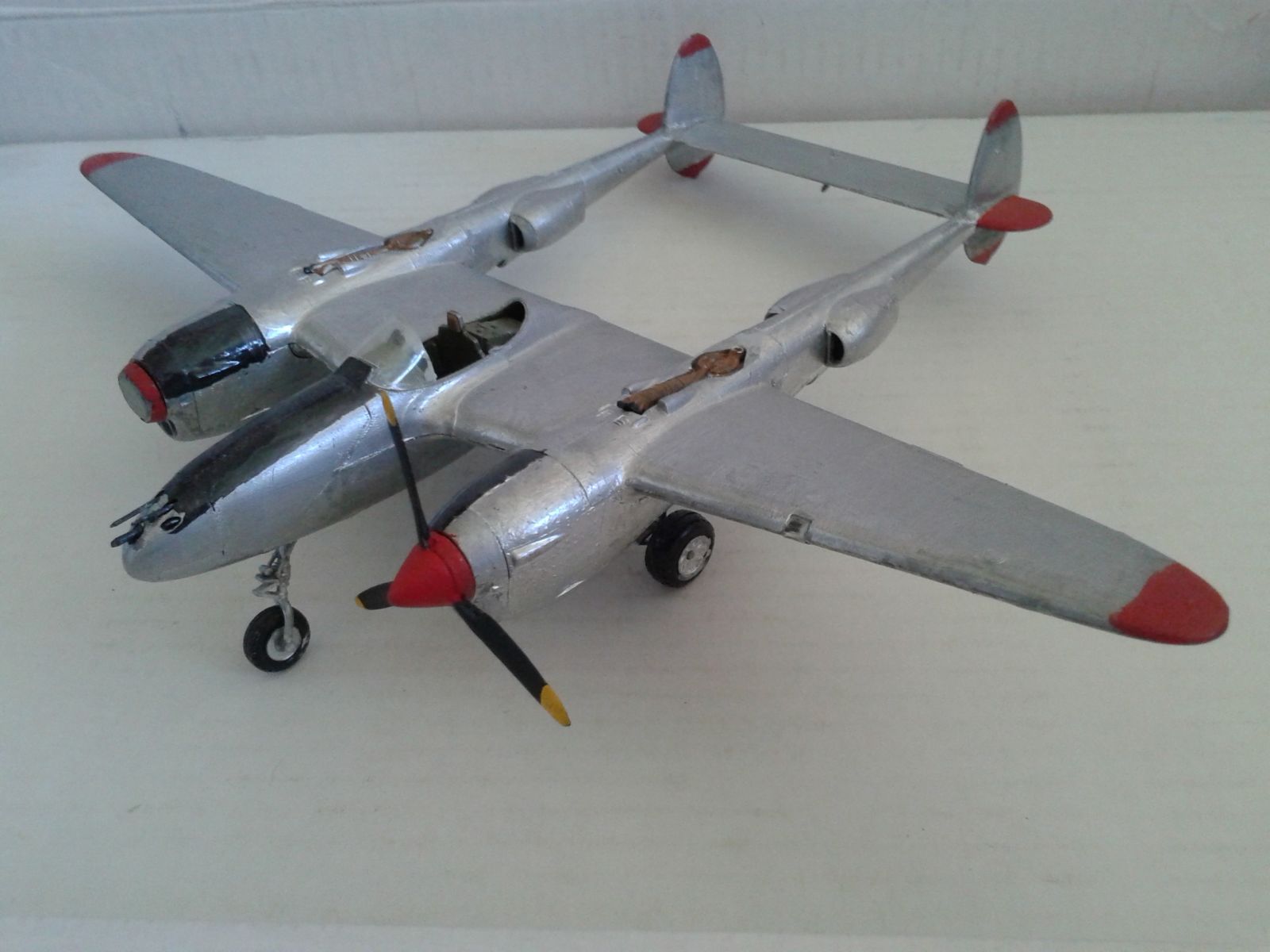
This is a Monogram 1/48 scale P-38 Lightning. It was designed at a time when large, multi-engine fighters were associated with being lumbering things that could turn like a Greyhound bus and had a huge number of guns to knock bombers out of the sky as the only thing going for them. Lockheed’s greatest engineer ever and father of the Skunk Works, Kelly Johnson, turned that notion on its head and developed a highly nimble high-performance single-seat fighter that packed a heavy punch and long range yet can still turn and burn like a smaller fighter. P-38s shot down the Japanese transport carrying Admiral Yamamoto, the architect of the Pearl Harbor bombing, with the loss of only one aircraft in the ensuing furball. America’s highest scoring ace also flew the P-38 which is represented as a decal option on the Monogram kit. As for Monogram itself, this might draw some ire but they always struck me as kind of cheap in quality and perhaps overpriced (at least back in the mid 90s). Which is fine for a kid who’s still trying to develop hobby skills but at $15-$25 per example it tends to add up even if that’s still at the lower end of the market. But hey when you’re putting down $60 for the latest copy of Call of Duty that you’ll probably have to repurchase six years down the line through XBL if you still want to play it then anyway....
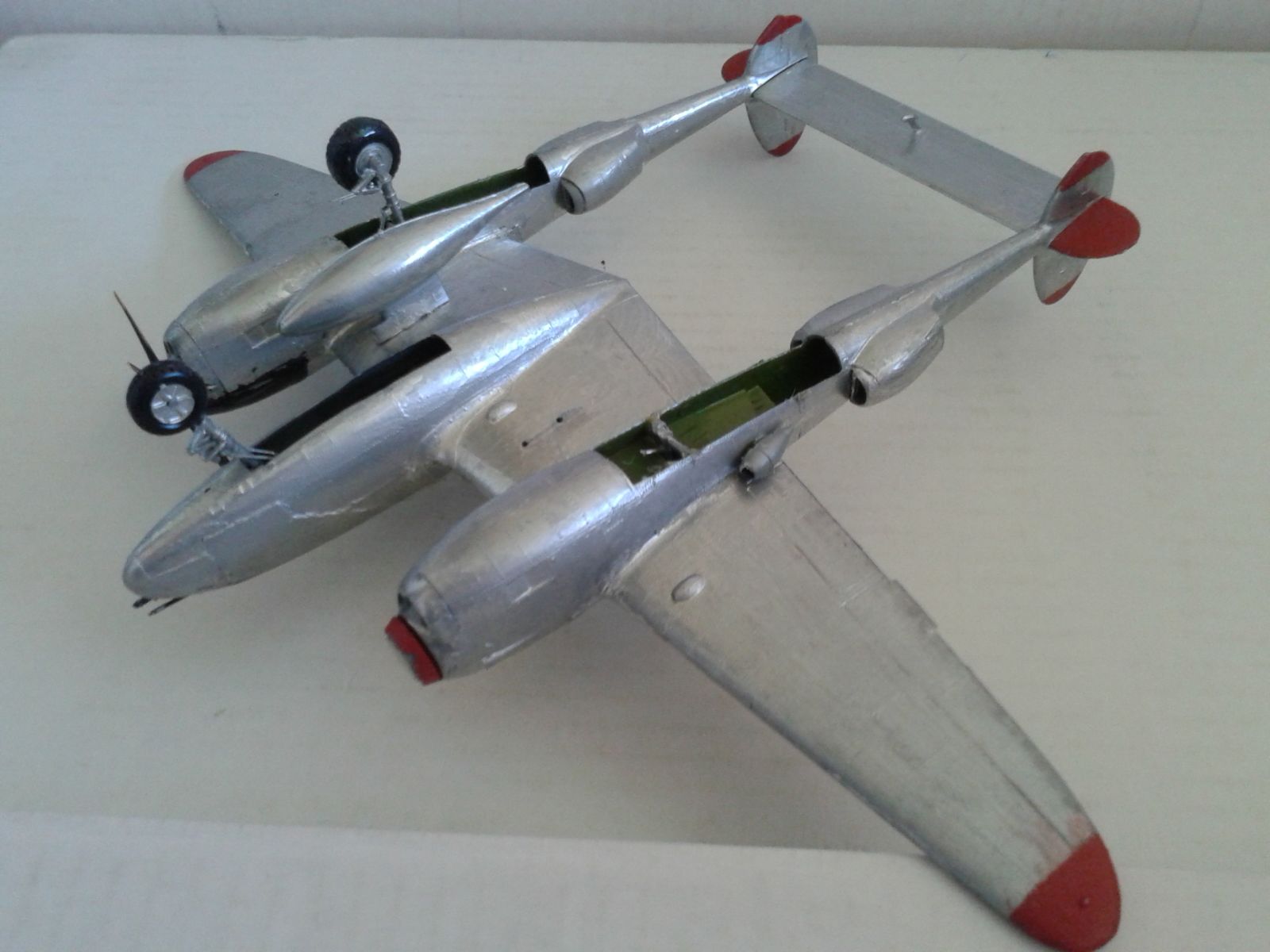
Yeah, mine didn’t come out so good. Serious professionals that want to show off at IPMS (International Plastic Modellers Society) meets use airbrushes (and probably buy kits molded in Japan, where building plastic model kits is like football [both versions] to them). I had a cheap brush, which meant heavy brushstrokes forever frozen in time everywhere. Straight lines were kept with good old fashioned masking tape, which means they usually bled right through.
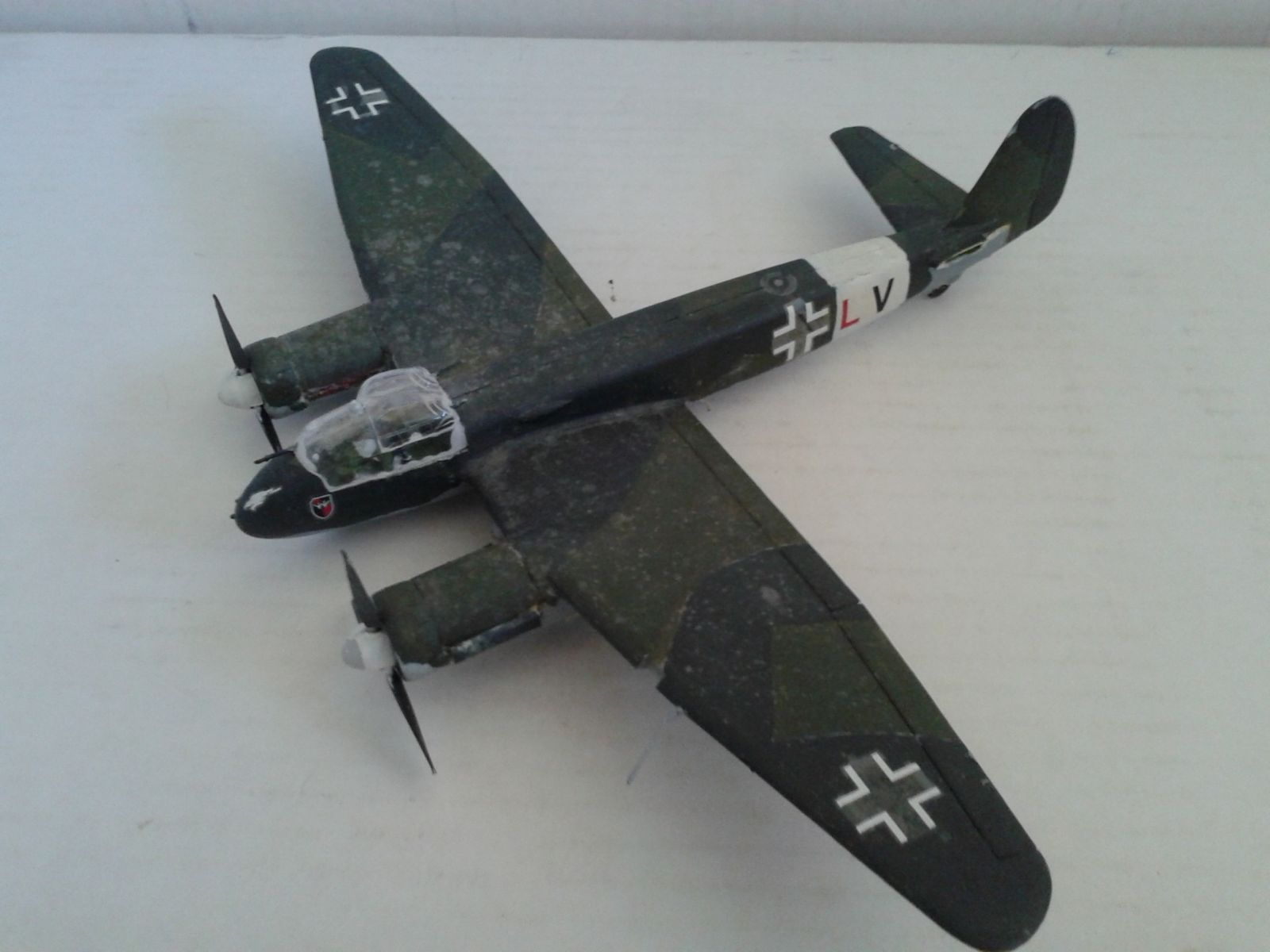
I believe this is the Italeri 1/72 Ju-88C kit. The Junkers (haha, Junkers - that’s pronounced with a “Y” BTW) Ju-88 was designed as a very high-speed sophisticated medium bomber back when that Hitler-lead Beer Hall Putsch thing had just quit being a current event and included such advanced features as an internal bomb bay and aerodynamics with a drag coefficient smaller than a brick. The Ju-88A bombers were thought to be fast and well-armed enough to be almost immune to interception, but were given a rude awakening by Rolls-Royce Merlin-powered single-engine fighters like the Hurricane and Spitfire. The Luftwaffe discovered that throwing the bombardier out and stuffing a bunch of guns in his place turned it into a very effective multi-role attack and even fighter aircraft, which is represented in this C-version.
As for the kit itself, well, as you might have gathered from the name Italeri is an Italian company, and well we all know about the Italians. I’ve heard a lot of mixed things about kit accuracy itself, but the individual parts tend have a nice, quality-feeling heft to them and (usually) fit together nicely. In my experience I’d maybe rate Italeri slightly better than the Ford/Chevy that is Monogram/Revell. If accuracy is your biggest concern you might be better off looking at a Japanese brand, but if you want something that puts together nicely Italeri isn’t a bad budget choice. At 1/72 scale errors would have to be especially egregious to be a problem anyway - I’m talking, like, to the point where you have to wonder if the mold sculptors even bothered to look at the damn thing for real (which given the rate Axis aircraft were shot down might not be possible anyway).

Again, hand-painted with a brush and it shows. White is a bitch to paint. Tiny little parts at 1/72 suck.
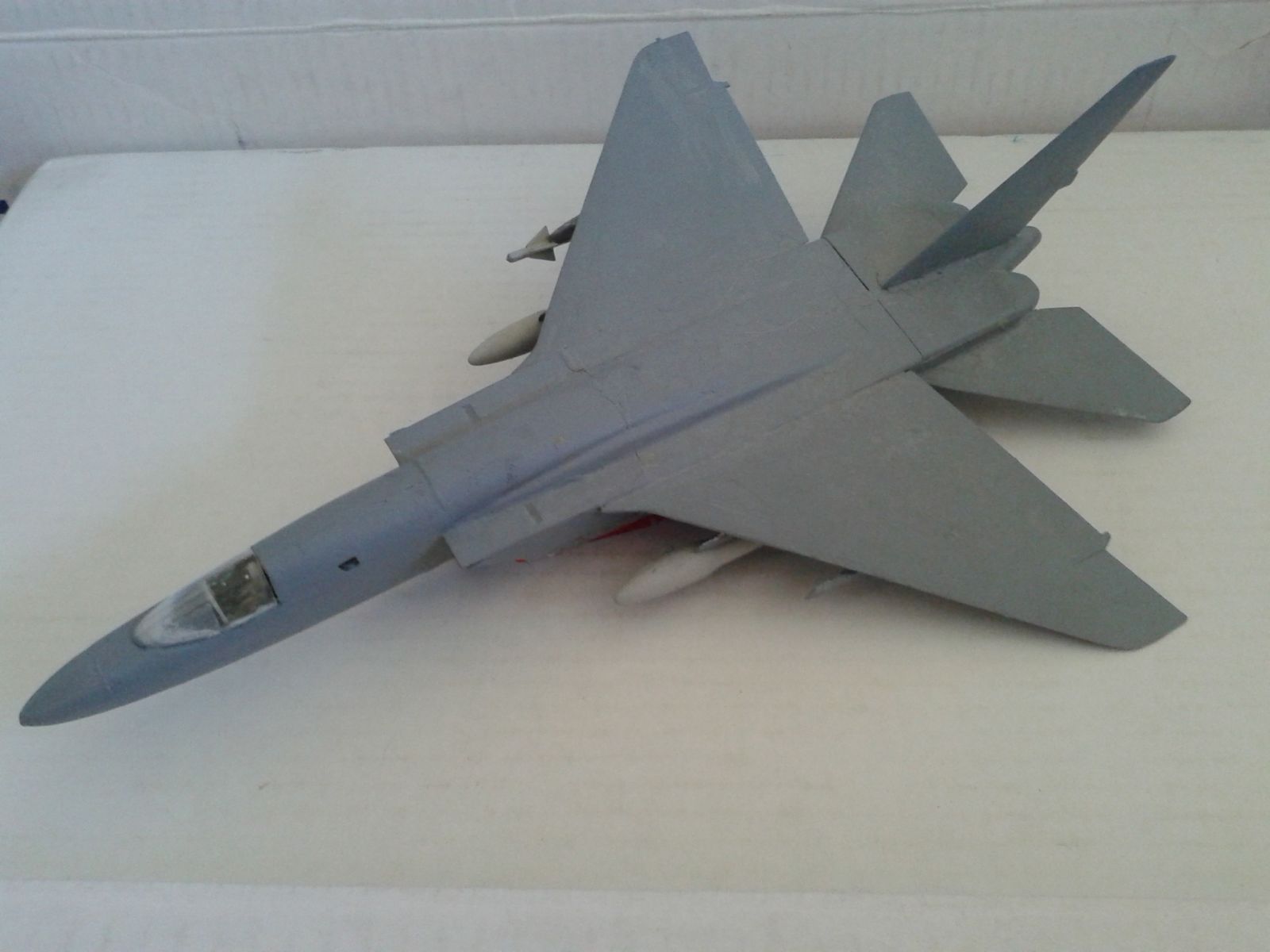
This is a bit of a, ehhh.... It started off as a Revell 1/72 A-5 Vigilante, which is an interesting plane in its own right. My mom bought it for me randomly at the post exchange (yes as in a military base). Like many 70s-90s Monogram/Revell kits the quality of the kit itself is HORRIFIC, I have a feeling I’m going to be called out on this but it’s true. I assembled the basic exterior and later on glued on a bunch of random missiles my dad got for me because someone had in turn dumped a bunch of random plastic model missile parts on him. The real A-5 Vigilante never carried any air-to-air missiles (let alone AIR-2 Genie nuke-armed bomber busters) but it did carry nuclear bombs which - file this under what were they thinking, were ejected out of the internal weapons bay through the rear, uh, buttcone I guess as if it were shitting out a WMD. It boggles my mind why the engineers thought this was good. In practice, the mechanism was mechanically unreliable which isn’t a desirable characteristic for a nuclear bomber. The plane itself on the other hand was pretty reliable otherwise and very fast, so they ripped out the disaster of a weapons bay and stuffed a bunch of cameras into it, giving the Navy in some ways their own carrier-launched Blackbird. They were sent to photograph some of the most heavily defended targets over North Vietnam and despite the speed a few succumbed to interceptors and SAMs. Supposedly the Russians did some espionage and gained the blueprints to the A-5 and incorporated features into their super-fast fighters and bombers, but people always say stuff like that.
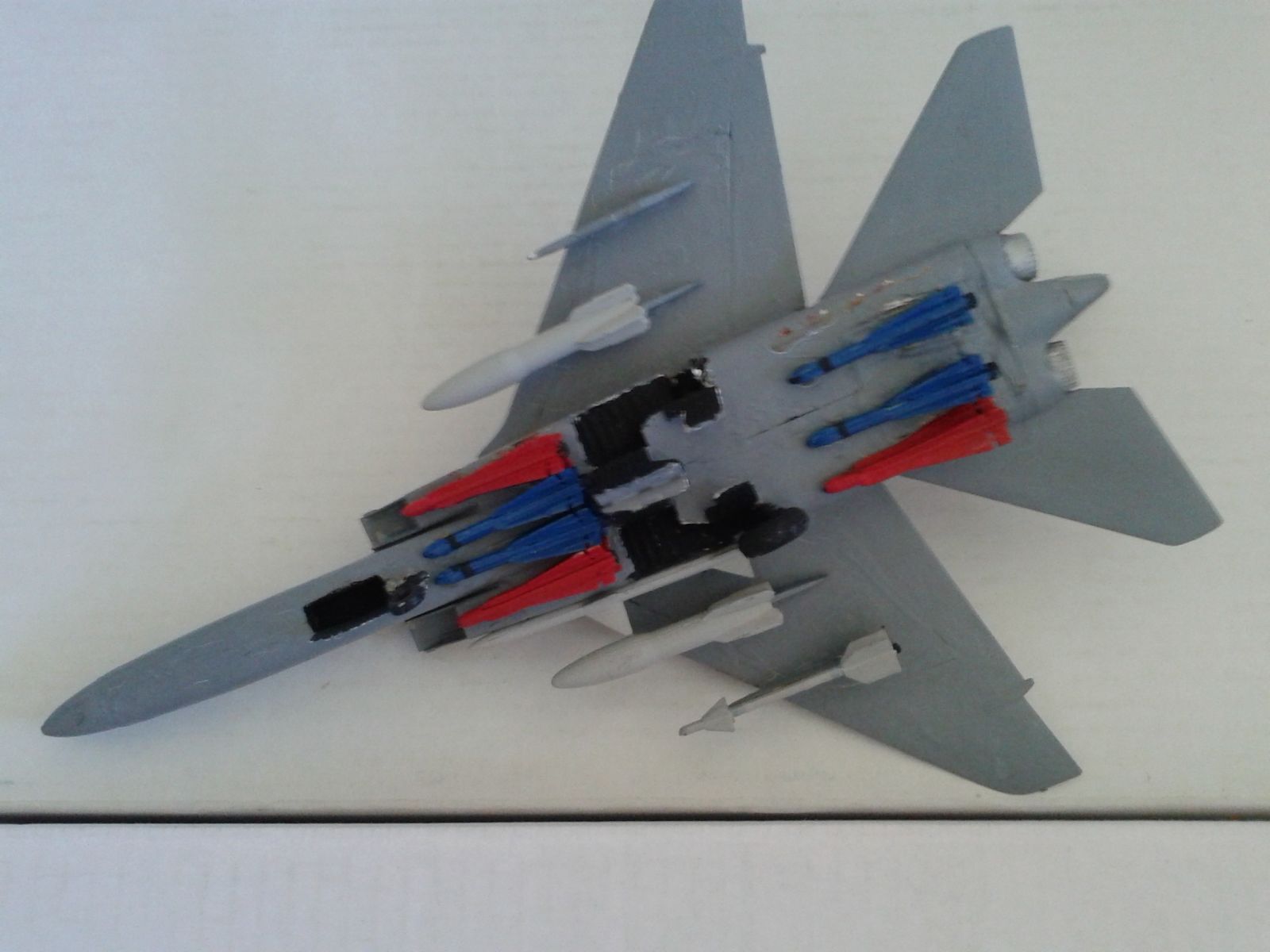
Matt black paint hides all mistakes! That’s why your neighbor’s son’s Corolla was repainted matt black!
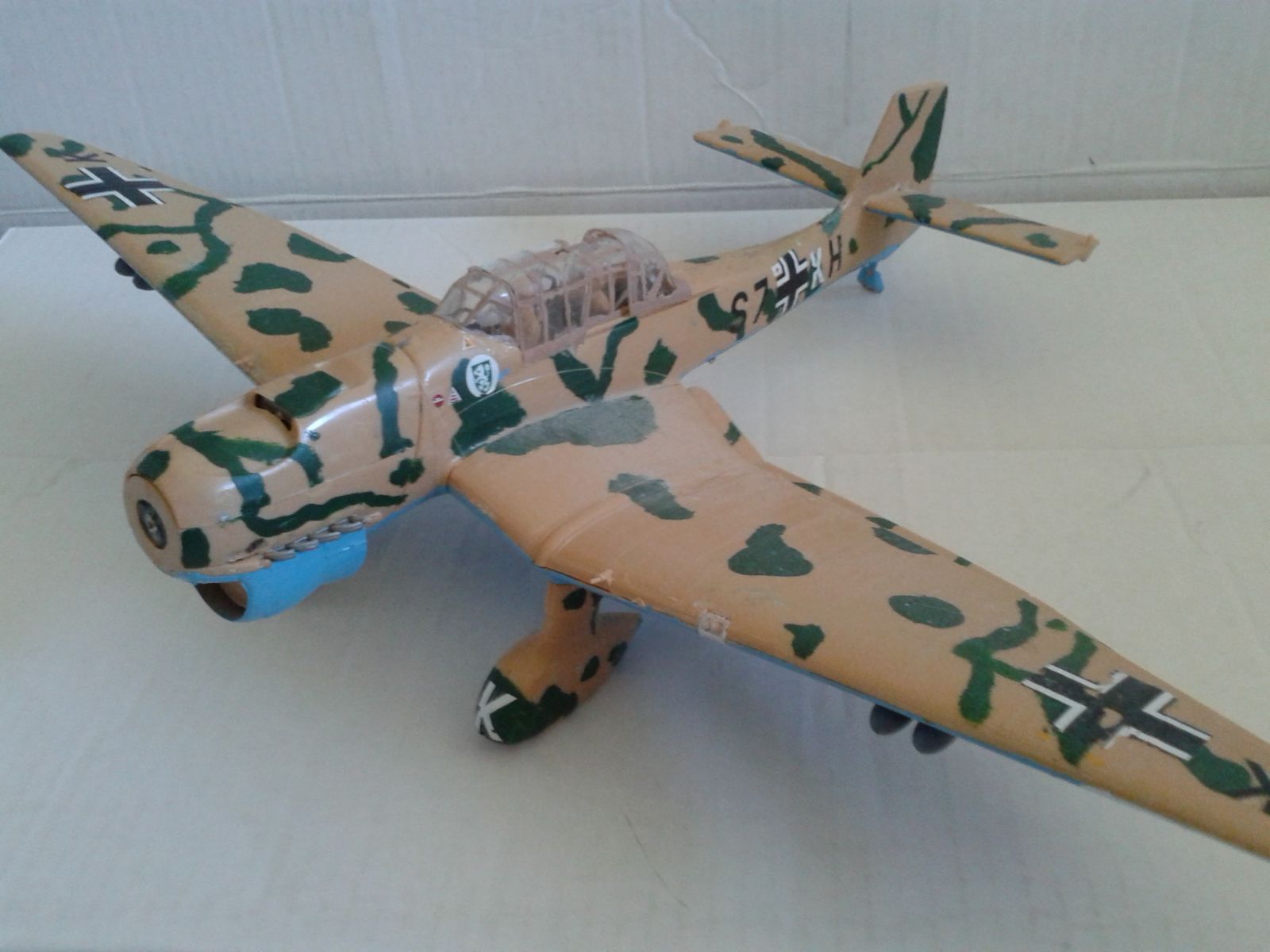
This is a Revell Junkers (hehe) Ju-87 Stuka (from Sturtzkampflugzeug, which just means dive-bomber) in massive 1/32 scale. Really, the annoyances of putting together a teeny-tiny kit start to disappear as the kit grows bigger, but any inaccuracies or quality control issues in the molding get magnified along with the scale. The kit itself was a blast to put together if a bit simplistic (then again I suppose there’s a reason why the aftermarket detail biz is so big).
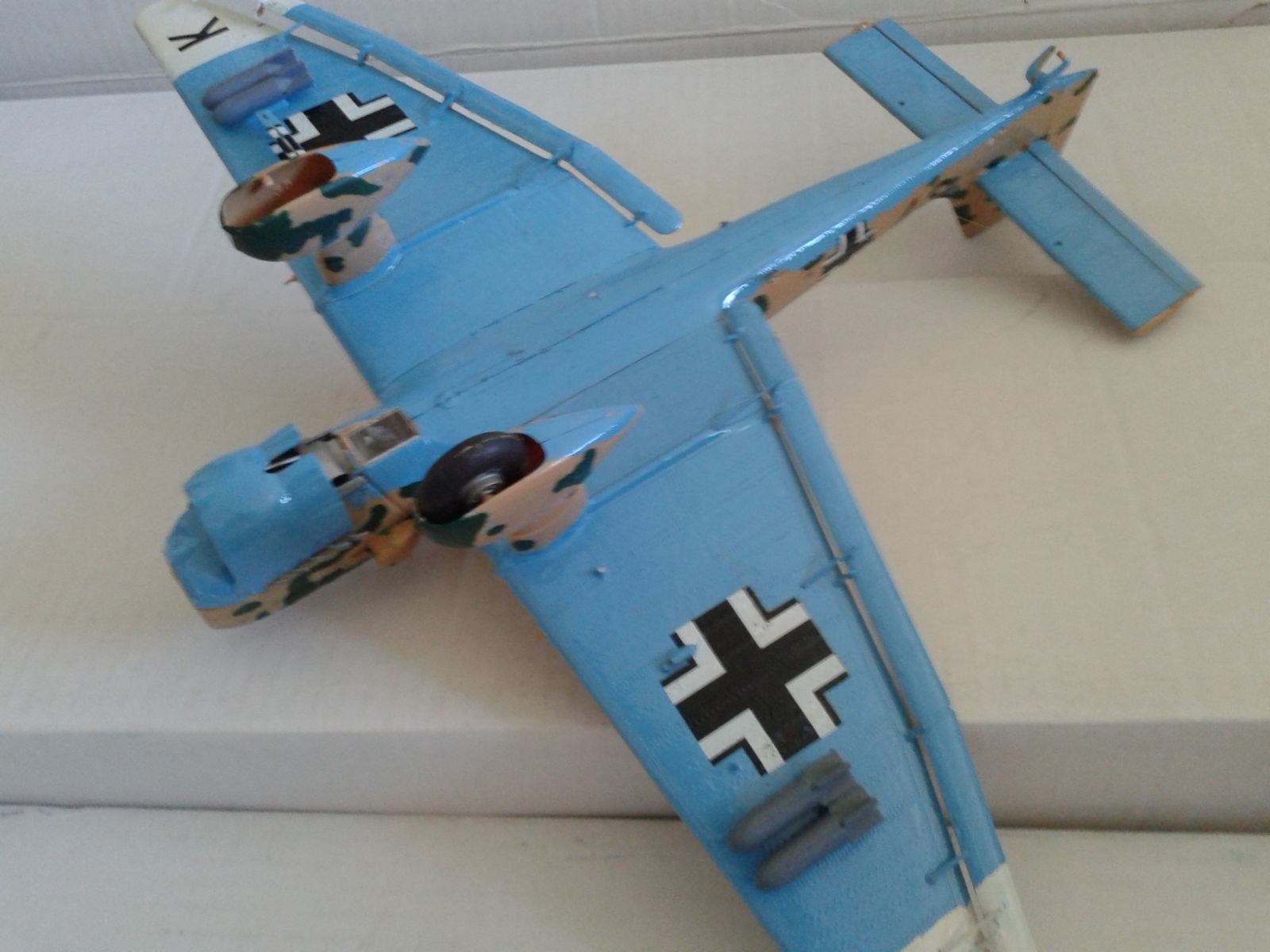
Hand-brushed bright eye-burning blue everywhere because when you’re 11 you just look to see if the bottle label is “blue.”
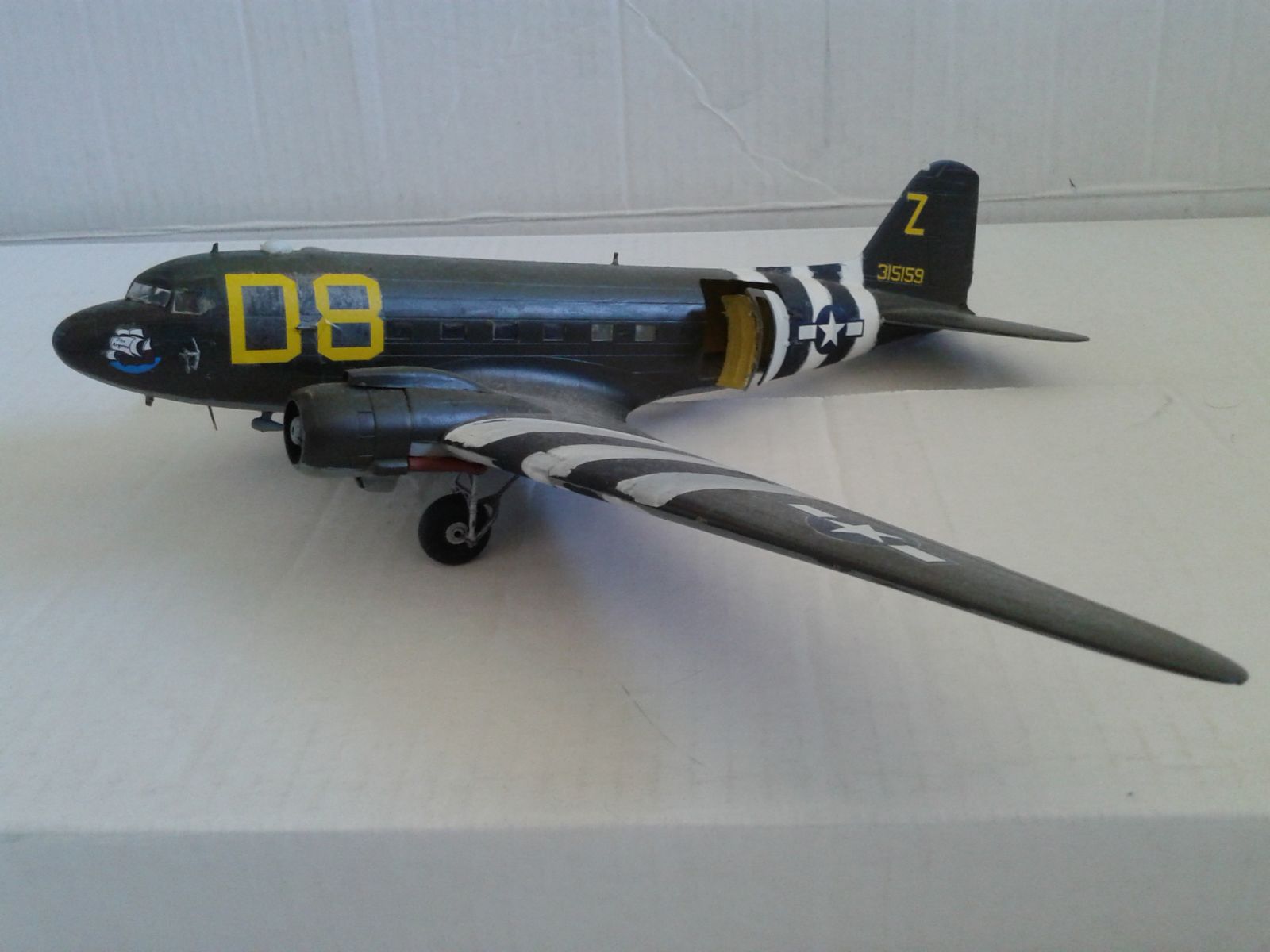
Here’s another Italeri kit, this time a C-47 Dakota. I actually built this one for a school project about the Berlin Airlift but did it in D-Day colors because it was the kit’s default decal package. I don’t know what scale it is, except that it’s different than what the box itself actually advertises (which I forgot too). I’m judging it’s 1/87 scale.
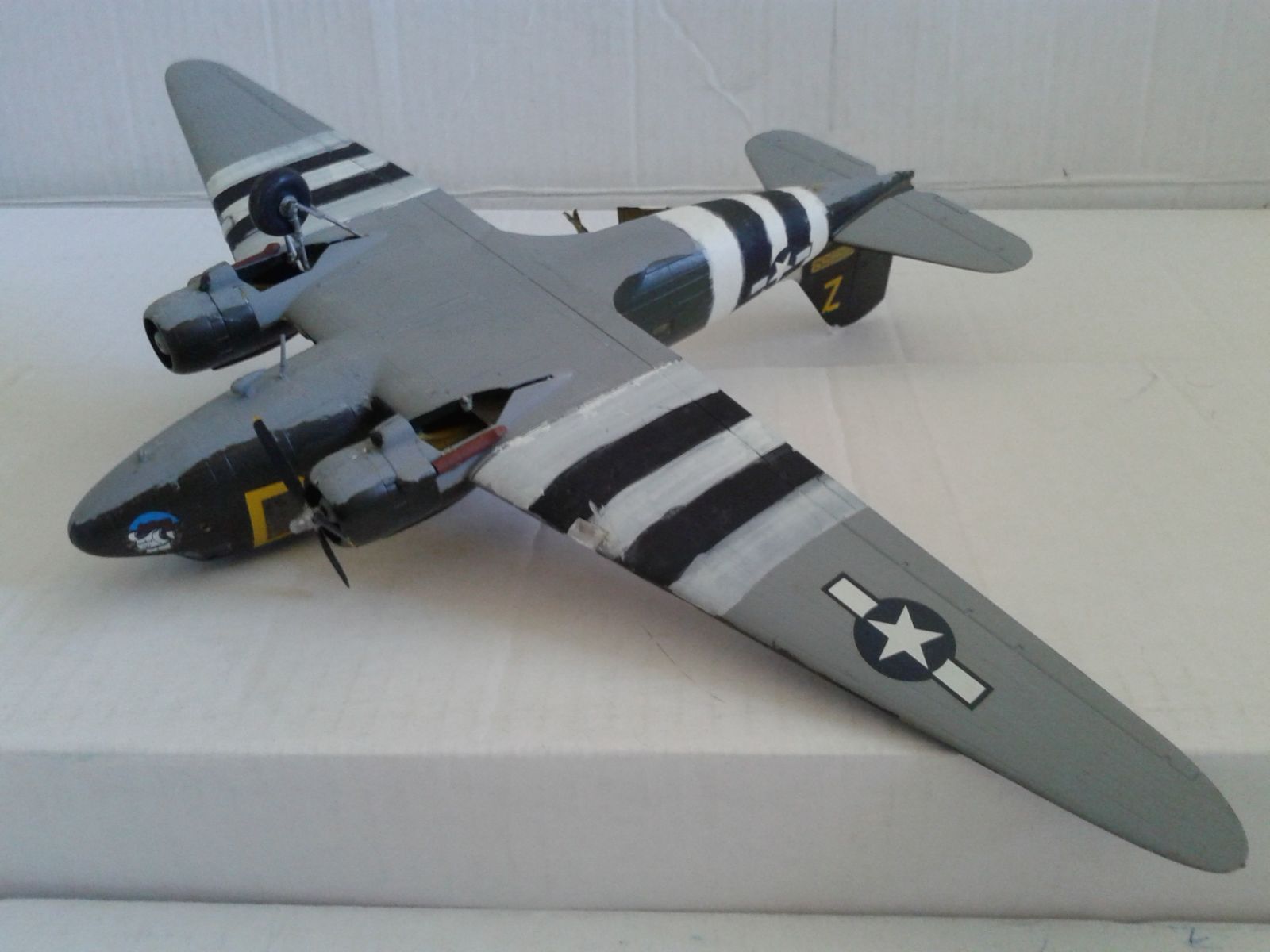
The kit went together pretty well actually and only requires excellent paint skills to really make it pop - which sadly I lack. But at least I got the invasion stripes right without even realizing it.
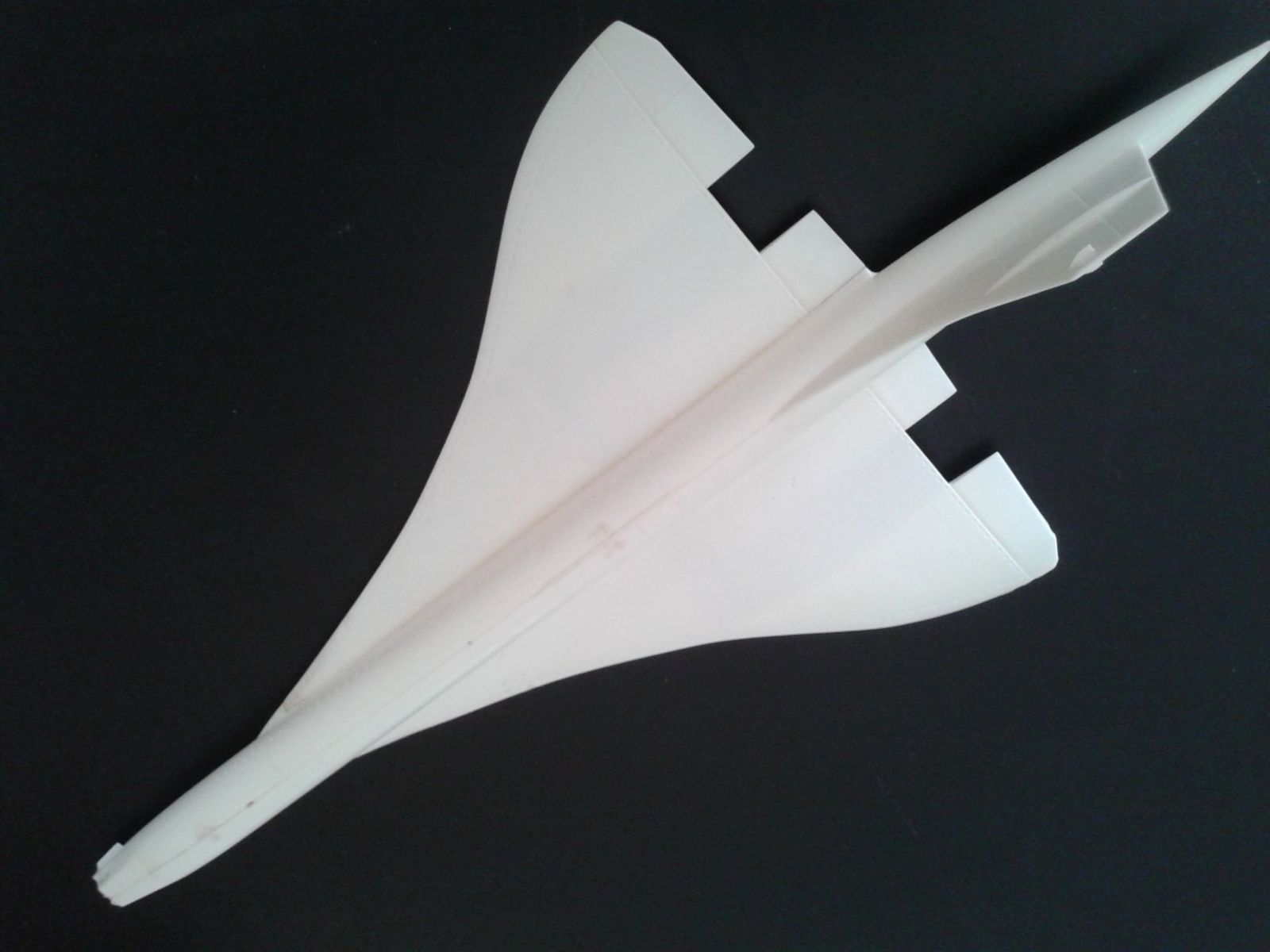
Finally there’s this 1/144 Revell Concorde I’m still working on and has pretty much been in this incomplete state for years. A good friend of mine gave it to me for my birthday so it has a bit of a special place in my collection. I swear I’ll finish it one day.
There’s more in my sad sorry state of plastic model collection but it’s already getting pretty lengthy as it is. I’ll post more later if you people are that fascinated by it.
Thanks to boxrocket for inspiring the title; all images from the author